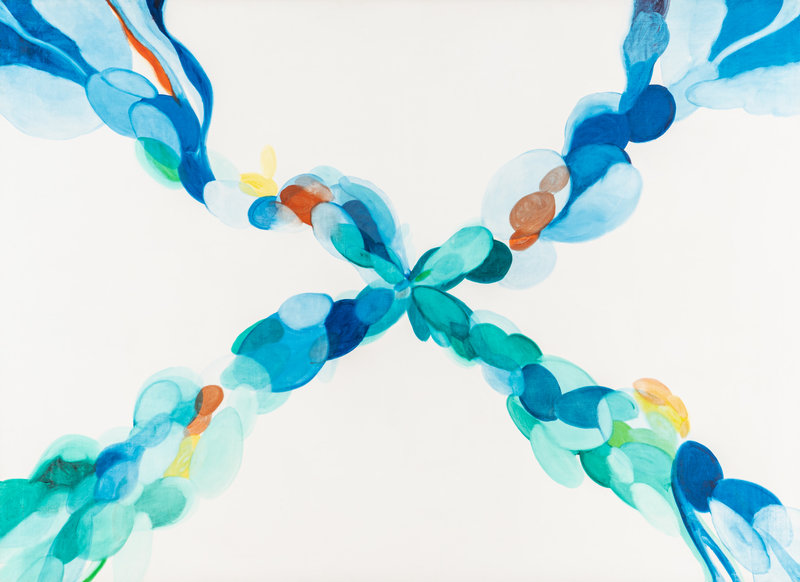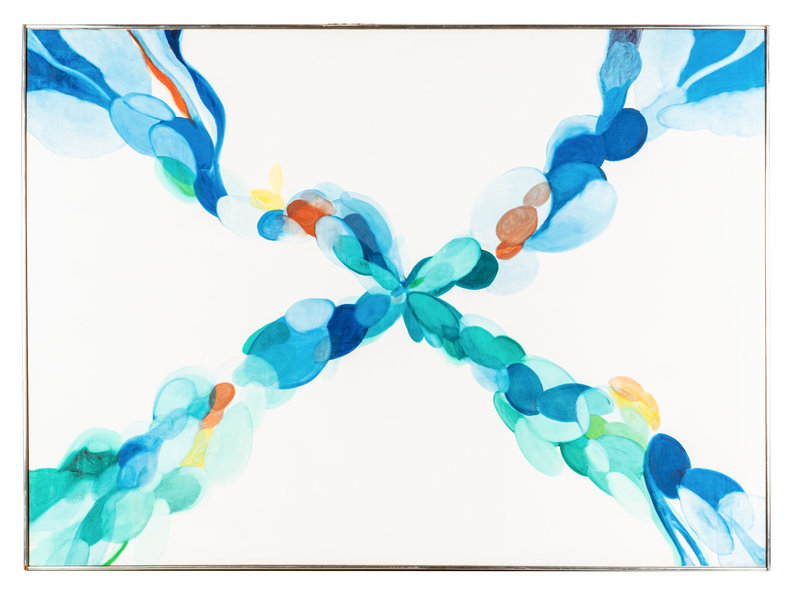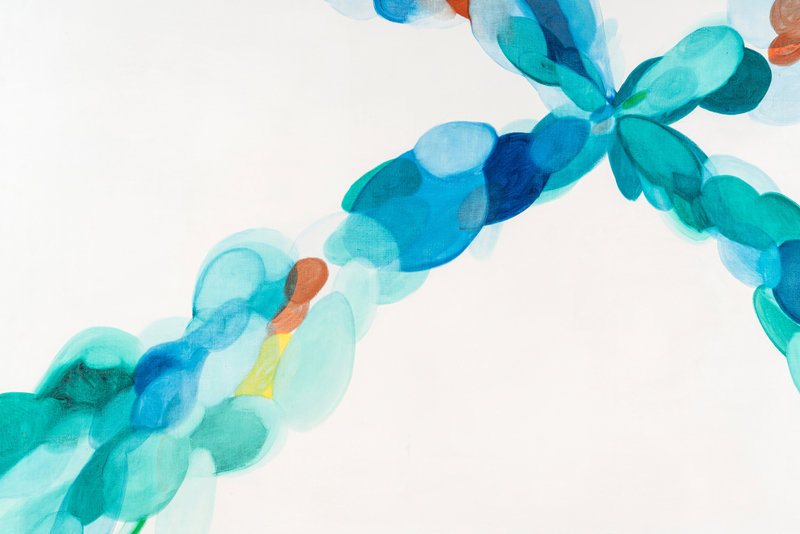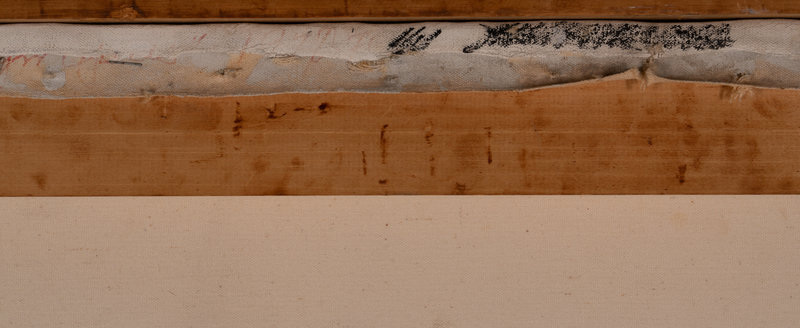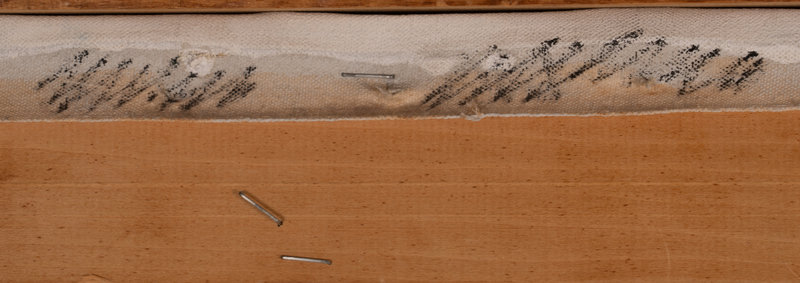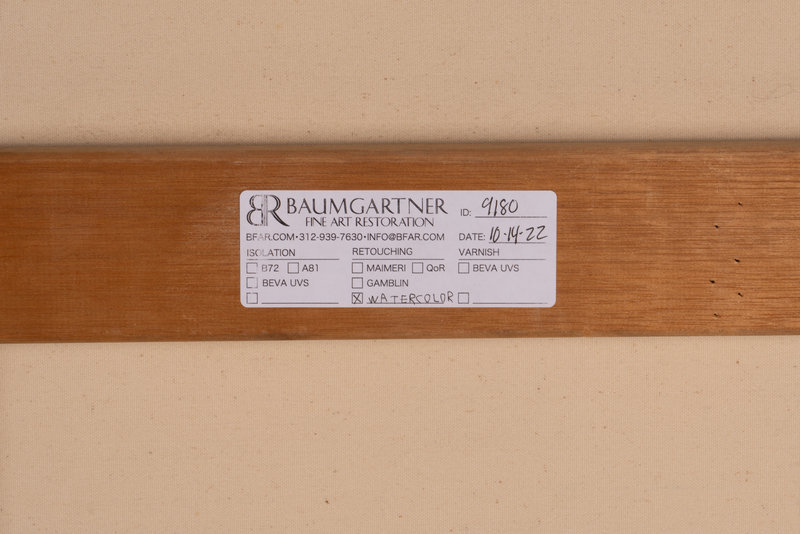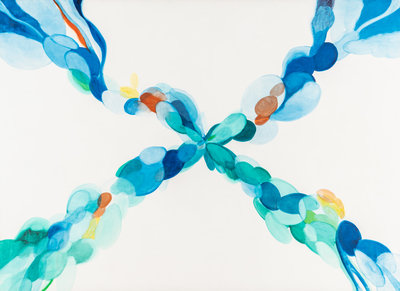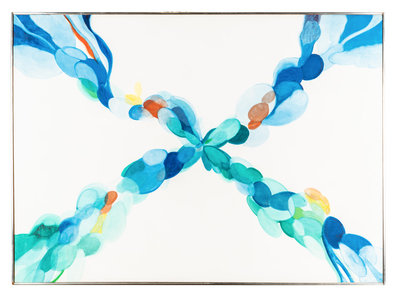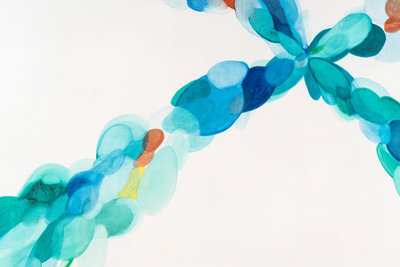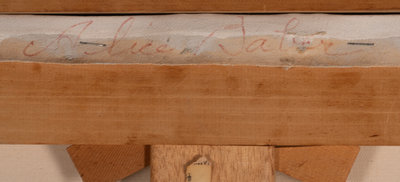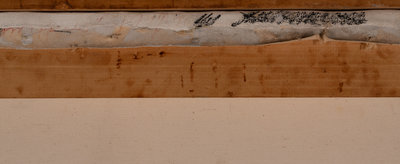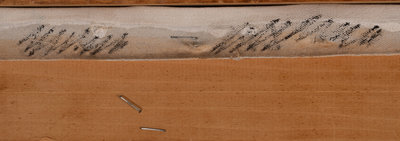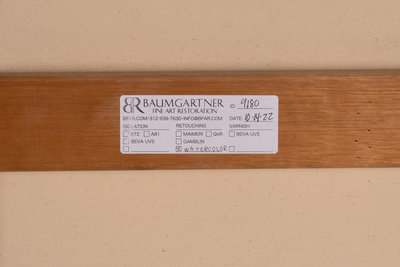Condition Report
Contact Information
Auction Specialist
Lot 28
Alice Baber
(American, 1928-1982)
Olympus, 1970-71
Sale 1114 - Post-War & Contemporary Art
Dec 14, 2022
10:00AM CT
Live / Chicago
Own a similar item?
Estimate
$20,000 -
30,000
Price Realized
$50,000
Sold prices are inclusive of Buyer’s Premium
Lot Description
Alice Baber
signed Alice Baber, titled, and dated (verso)
58 1/8 x 75 5/8 inches.
(American, 1928-1982)
Olympus, 1970-71
watercolor on canvas
signed Alice Baber, titled, and dated (verso)
58 1/8 x 75 5/8 inches.
